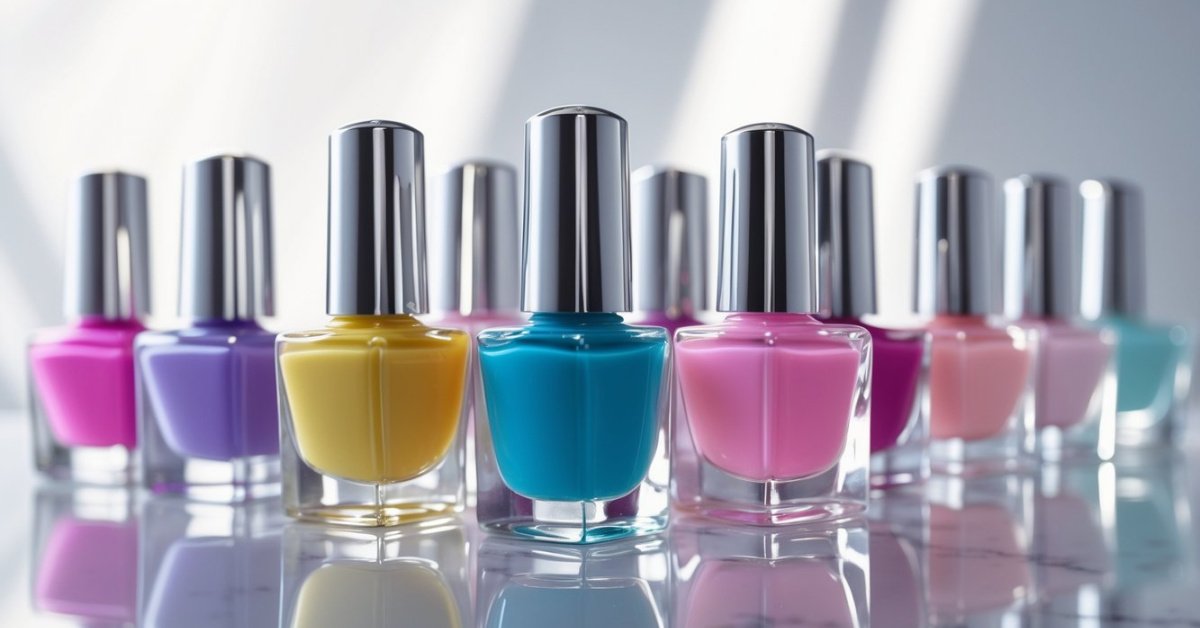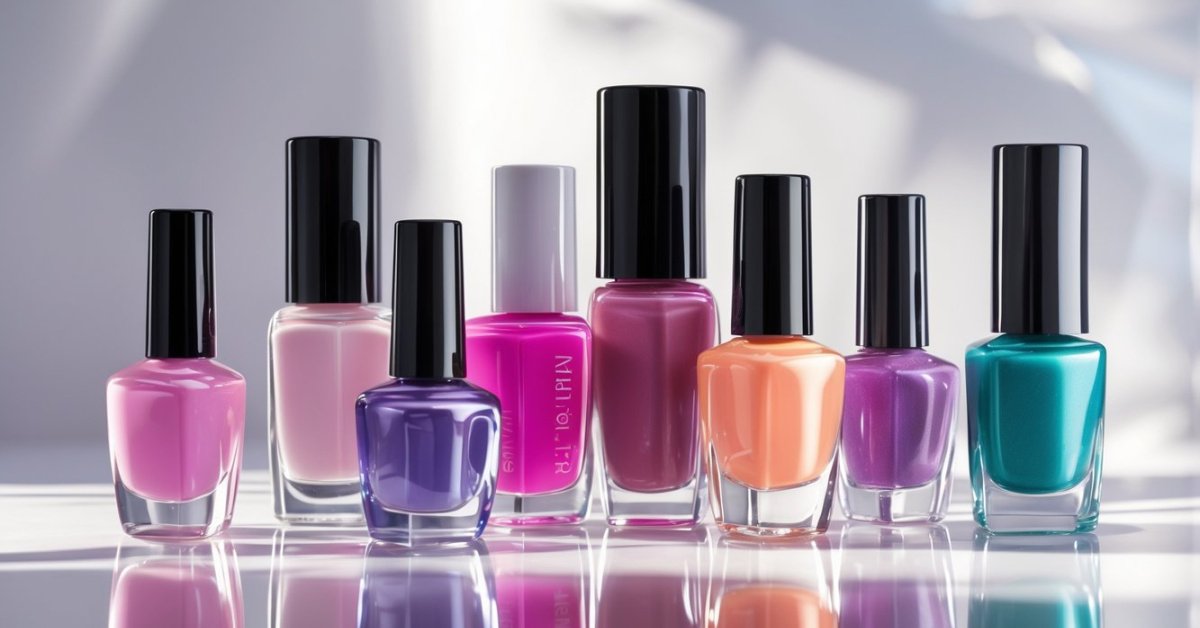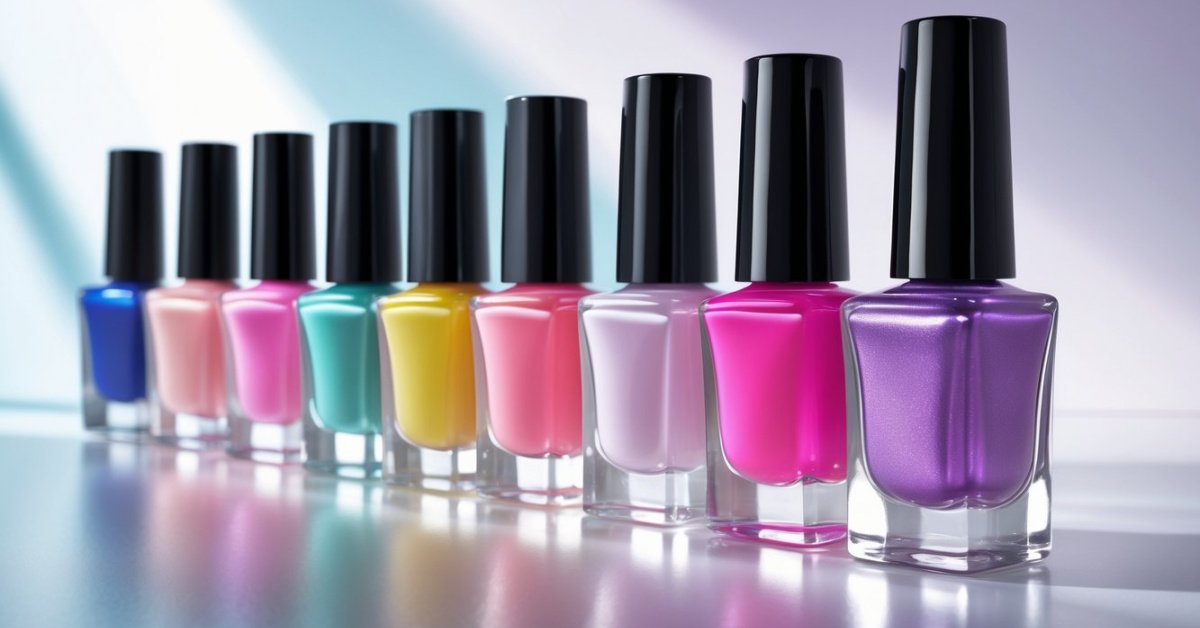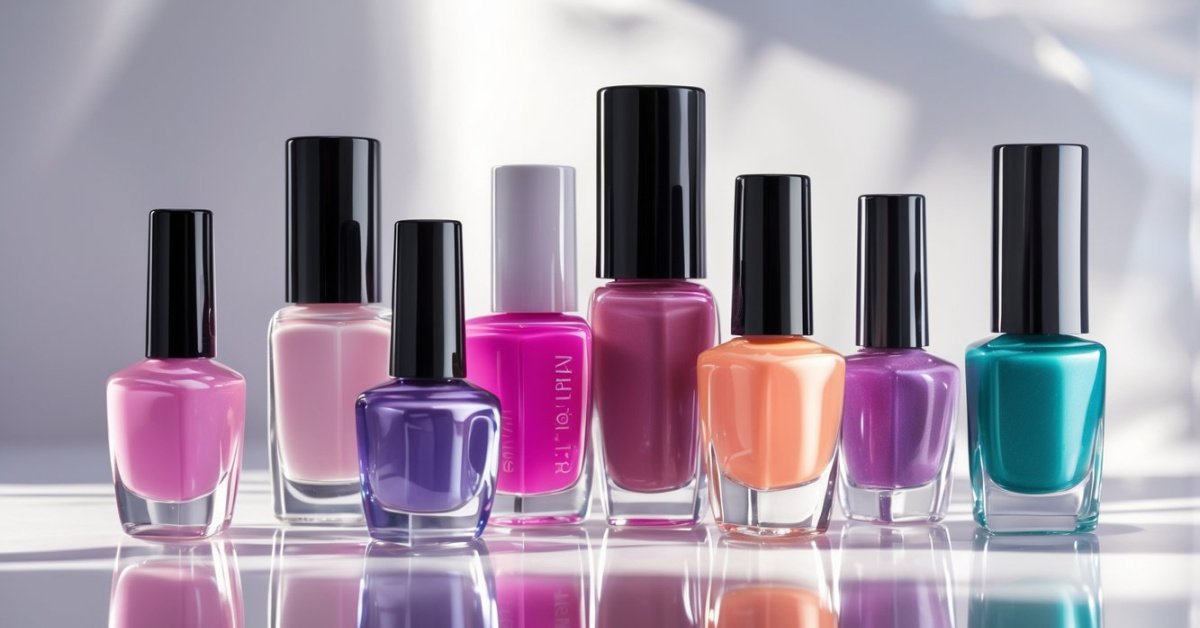Nail beads are a fun way to add some sparkle and personality to your manicure. I love how a simple set of beads can transform plain nails into a stunning work of art. Whether you’re getting ready for a special event or just want to treat yourself, applying nail beads is easier than you might think.
I remember the first time I tried them I was a little nervous about making a mess or ruining my polish. But once I got the hang of the process it became a relaxing and creative part of my nail routine. In this article I’ll walk you through the steps I follow to get those perfect, eye-catching nails every time.
Understanding Nail Beads
Nail beads add texture and dimension to manicures, making nails stand out with unique designs. I’ve used various types over the years in my salon to help clients express their style effortlessly.
What Are Nail Beads?
Nail beads are tiny decorative elements made from materials like plastic, glass, or metal. These beads come in small spheres or shaped pieces meant to be applied onto wet nail polish or gel. They create a 3D effect that adds flair and sophistication to any manicure. Using nail beads enhances both simple and intricate nail art by bringing tactile and visual interest.
Types of Nail Beads
Several types of nail beads work well, depending on the desired look and application method:
- Microbeads: These are ultra-fine, spherical beads that offer a delicate, textured finish.
- Caviar Beads: Slightly larger than microbeads, these round beads create a luxurious, rich appearance.
- Pearl Beads: I use these for elegant, classic styles; they mimic real pearls on the nails.
- Metallic Beads: Steel or gold-tone beads add a modern, edgy touch.
- Mixed Shape Beads: These include tiny stars, hearts, or hexagons for a playful design.
Selecting the right bead depends on your design goals and the nail polish or gel type used. Applying them on a tacky base layer keeps them in place until sealed with a topcoat.
Preparing Your Nails for Application
Preparing nails properly lays the foundation for long-lasting, stunning nail bead designs. Clean, well-shaped nails ensure beads adhere securely and the final look stays flawless.
Cleaning and Shaping Your Nails
I always start by removing any old polish thoroughly to avoid residue buildup. Next, I soak nails in warm water with a gentle cleanser for about five minutes to soften the cuticles. I push back cuticles carefully using a wooden stick to prevent damage. Filing nails into your preferred shape—whether oval, square, or almond—helps the beads apply evenly without edges lifting. I finish by buffing nails lightly to create a smooth surface that grips the polish and beads better.
Choosing the Right Base Coat
Choosing a base coat designed for your nail type makes all the difference. I recommend a strengthening base coat if you have brittle nails, or a moisturizing base if your nails lean dry. For beads, a sticky or gel-like base coat works best since it holds the decorations firmly before sealing. Applying one thin, even layer ensures proper adhesion, avoiding uneven bead placement or premature chipping.
Step-by-Step Guide: How to Apply Nail Beads
Applying nail beads creates a stunning textured finish that elevates any manicure. I break down each step to help you achieve salon-quality results with ease and precision.
Applying the Base Color
Start with clean, dry nails. I choose a high-quality polish in a color that complements the beads. Apply two thin, even coats of the base color, allowing each coat to dry completely before moving to the next. This creates a smooth canvas. If using gel polish, cure each layer under a UV or LED lamp to ensure durability and a perfect finish.
Adding Adhesive for Nail Beads
Apply a clear, sticky nail polish or nail glue on one nail at a time, focusing on the area where you want to place the beads. I prefer a gel topcoat with a slightly tacky feel for bead adhesion, cured but still tacky under the lamp. Avoid excess adhesive to prevent beads from sliding or clumping. Work quickly, as the adhesive’s tackiness fades fast.
Placing the Nail Beads Correctly
Use a fine-tipped brush or a dotting tool to pick up individual beads, or sprinkle microbeads evenly over the adhesive-coated nail. I gently press the beads into place with the brush handle to secure them. For precise designs, place beads one by one, following your desired pattern. Ensuring even spacing helps maintain balance and polish longevity.
Sealing the Nail Beads with Top Coat
Seal the beads by applying a generous layer of clear top coat around them, not directly on top, to avoid dulling the texture. I use a gel top coat cured under a lamp for maximum hold. Repeat sealing on all nails, then cure fully. This step locks beads in place and adds shine, extending the life of the nail art while protecting the beads from damage.
Tips for Long-Lasting Nail Beads
Keeping nail beads intact requires more than just proper application. I’ve learned a few key tips over the years that make all the difference in maintaining flawless nail bead designs.
Avoiding Common Mistakes
Starting with a clean, completely dry nail surface is crucial. Moisture beneath the beads causes lifting and premature wear. Applying too thick a layer of adhesive or polish underneath beads often leads to clumping or beads falling off. I suggest using thin, even layers and allowing each coat to dry before proceeding. Another mistake is skipping the topcoat or applying it too soon. The topcoat must fully cover beads to protect them but avoid smudging by waiting at least a minute before sealing. Lastly, using metal beads on very flexible nails sometimes causes discomfort or bead detachment. Choose bead types that suit your nail shape and flexibility.
Proper Nail Care After Application
After applying nail beads, protecting your manicure with proper care extends its life significantly. Wearing gloves during chores that involve water or harsh chemicals helps prevent damage. Limiting excessive friction and avoiding using nails as tools reduces bead loss. Regularly applying cuticle oil keeps nails hydrated and stronger under the beads. If you notice a loose bead, gently pressing it back and adding a drop of clear polish or nail glue can save your manicure. Following these practices, my clients enjoy beautiful, long-lasting bead designs that stay vibrant and secure for days.
Conclusion
Applying nail beads might seem tricky at first, but once you get the hang of it, it’s a fun way to add a unique touch to your manicure. I’ve found that patience and a steady hand make all the difference when placing those tiny beads.
Remember to treat your nails gently afterward to keep your design looking fresh longer. With a little practice, you’ll be creating stunning textured nails that truly express your style. Give it a try—you might just fall in love with this creative nail art!





